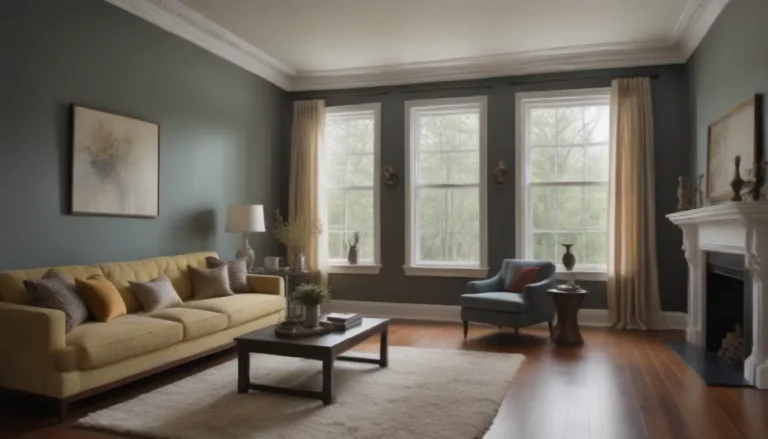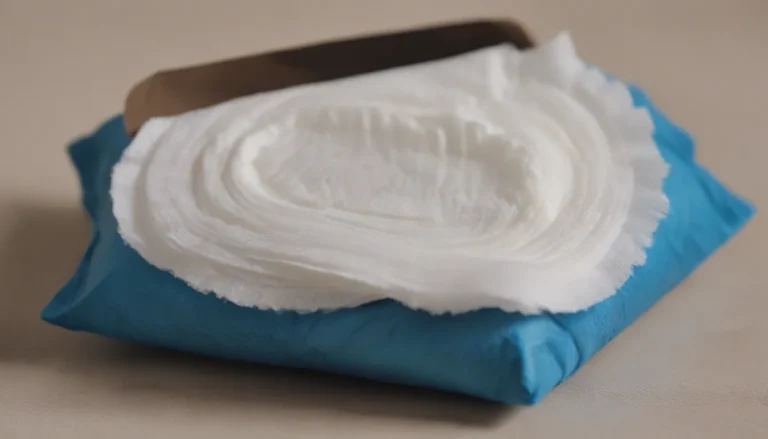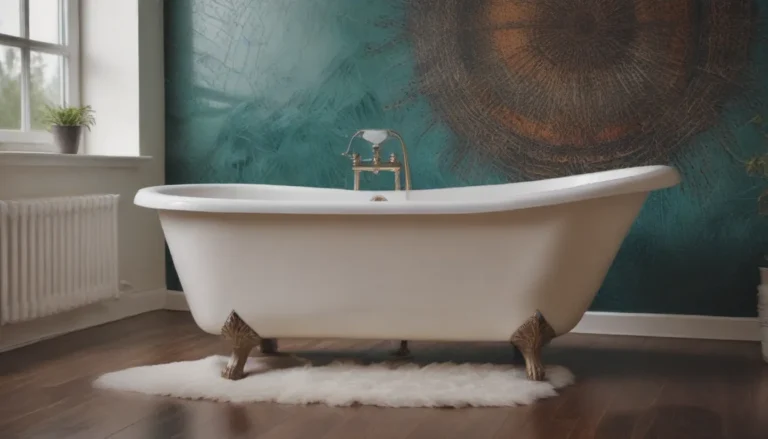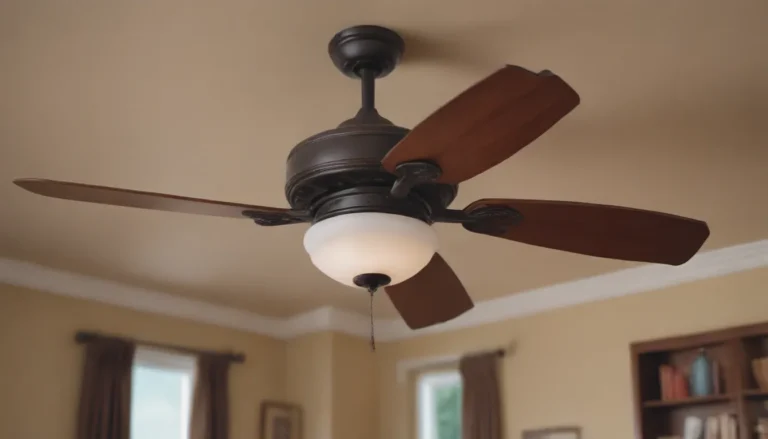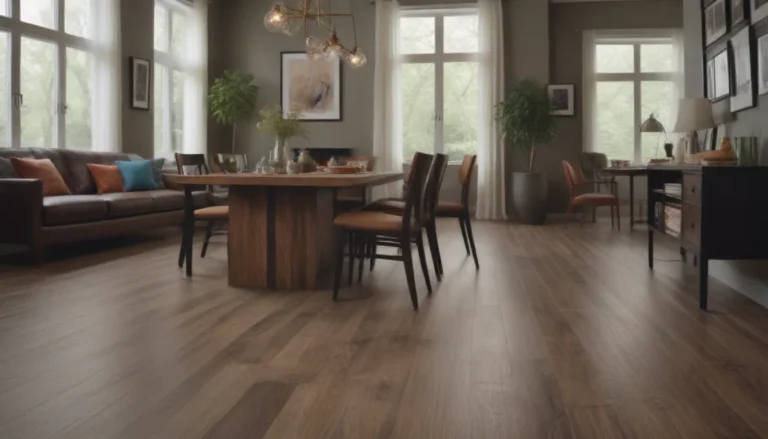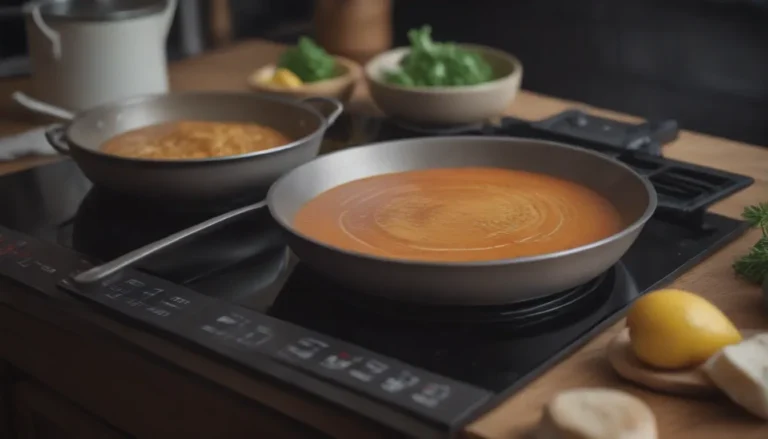The Complete Guide to Installing and Maintaining Carpet on Stairs: Pros and Cons Explained
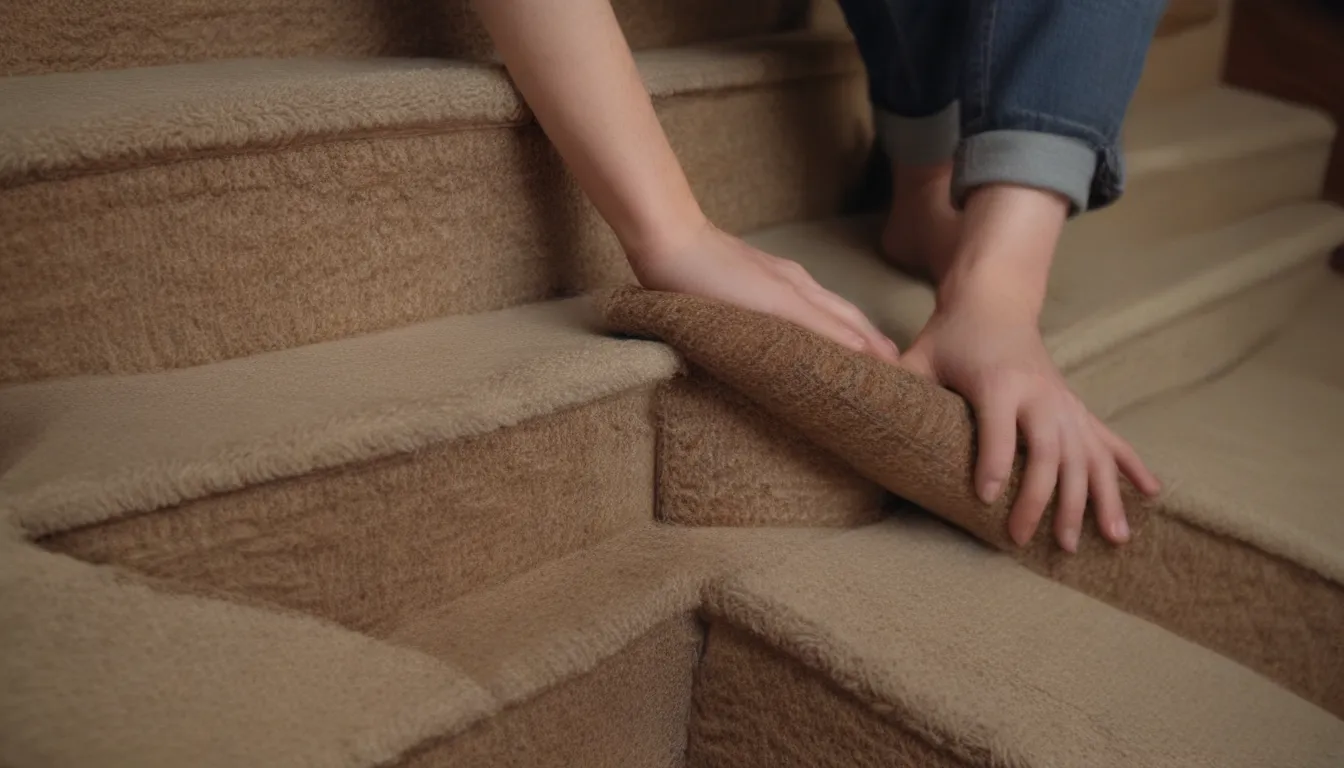
Carpeting your home can add warmth, comfort, and style to your living space. But what about carpeting your stairs? How is it done, and what are the pros and cons of this popular flooring option for staircases? In this detailed guide, we will explore everything you need to know about carpet on stairs, from installation techniques to cleaning tips and safety considerations. Whether you’re considering adding carpet to your stairs for the first time or looking to replace existing carpeting, this article has you covered with valuable information and expert insights.
Benefits of Adding Carpet to Stairs
Carpeting your stairs can offer several benefits, making this flooring option a popular choice for many homeowners. Here are some reasons why you may want to consider adding carpet to your stairs:
- Quieter and Softer: Carpet on stairs can help reduce noise levels by absorbing sound, making your home quieter and more peaceful.
- Quick Fix: If your stairs are in need of a quick refresh or covering up surface imperfections, carpet can provide a cost-effective solution.
- Safety: Carpeted stairs can offer a softer landing in case of falls, making them a safer option for households with young children or elderly individuals.
- Easier Maintenance: While cleaning carpeted stairs can be challenging, regular vacuuming can help keep them looking fresh and clean.
- Aesthetics: Carpet can add warmth and style to your staircase, enhancing the overall look of your home.
When to Consider Adding Carpet to Your Stairs
Deciding whether to carpet your stairs is a personal choice that depends on various factors. Here are some scenarios where adding carpet to your stairs may be a good idea:
- Stairs Need Freshening: Functional but unattractive stairs can benefit from carpeting, as it can improve their appearance and make them more visually appealing.
- Noise Reduction: If you have noisy stairs that creak or squeak, carpeting can help dampen sound and create a quieter environment in your home.
- Safety Concerns: Homes with young children or elderly individuals may benefit from carpeted stairs, as the carpet can provide added traction and reduce the risk of slips and falls.
- Quick Fix: If you’re looking for a quick and easy way to update your stairs without major renovations, carpeting can be a convenient option.
- Preference for Softness: If you prefer the feeling of soft, plush carpet underfoot, adding carpet to your stairs can enhance comfort and warmth in your home.
Installation Techniques for Carpeted Stairs
When it comes to installing carpet on stairs, there are two main techniques that are commonly used:
- Waterfall Technique: This method involves using one continuous strip of carpet that starts at the bottom of the stairs and works upward. It is a faster and simpler technique but may not be suitable for stairs with nosing.
- Cap-and-Band Method: Also known as the wrapped nose technique, this method involves using separate sections of carpet for the tread and riser of each stair. It can result in a cleaner and more polished look but requires more labor and precision.
Both techniques have their own advantages and considerations, so it’s essential to choose the right method based on your staircase’s design and your personal preference.
Potential Hazards of Carpeted Stairs
While carpeted stairs offer several benefits, they also come with some potential hazards that homeowners should be aware of:
- Stair Treads Are Eased: Carpeting can soften the edge of stair treads, making them slippery and reducing grip, especially when walking downward on the stairs.
- Depth Perception Is Altered: The uniform color and texture of carpeted stair treads can make it challenging to distinguish each step, affecting depth perception and potentially causing trips or falls.
- Tread Depth Is Shorter: Carpeting can reduce the effective tread depth of stairs, posing a tripping hazard for individuals who may misjudge the step’s depth.
While these hazards can be mitigated with proper installation and maintenance, it’s essential to be mindful of the potential safety concerns associated with carpeted stairs.
Cleaning and Maintenance of Carpeted Stairs
Keeping carpeted stairs clean and well-maintained is essential to preserve their appearance and durability. Here are some tips for cleaning carpeted stairs effectively:
- Use a handheld vacuum: Regularly vacuuming your carpeted stairs can help remove dirt, dust, and debris, keeping them looking fresh and clean.
- Consider a floor-mounted vacuum: For a more thorough cleaning, using a floor-mounted vacuum with attachments can help reach corners and edges of carpeted stairs.
- Sweep wooden stairs: If you have wooden stairs, a whisk broom and dustpan can be used to sweep debris and dust off the stairs, maintaining their cleanliness.
By establishing a regular cleaning routine and using the right tools, you can ensure that your carpeted stairs remain in top condition for years to come.
Should You Put Carpet on Your Stairs?
Deciding whether to carpet your stairs can be a personal choice that depends on your preferences, lifestyle, and home’s design. Here are some factors to consider when deciding if carpeted stairs are the right choice for you:
- Noisy stairs or common staircases: Carpeting can help reduce noise levels and create a quieter environment, making it suitable for high-traffic areas or homes with active children.
- Safety concerns: If you’re looking to enhance safety and reduce the risk of slips and falls on your stairs, carpeting can provide added traction and cushioning.
- Quick fix: For stairs that need a quick refresh or cover-up, carpeting can be a convenient and cost-effective solution.
- Hardwood treads in good shape: If you have quality hardwood treads that you want to preserve, avoiding carpeting can prevent damage and maintain the natural beauty of the wood.
- Preference for easy maintenance: If you prefer low-maintenance flooring options, carpeted stairs may not be the best choice, as they require regular vacuuming and cleaning.
Ultimately, the decision to carpet your stairs should align with your needs, preferences, and lifestyle, ensuring that you create a comfortable and safe environment in your home.
In conclusion, carpeting your stairs can offer both practical and aesthetic benefits, making it a popular choice for many homeowners. By considering the installation techniques, safety considerations, cleaning tips, and maintenance strategies discussed in this guide, you can make an informed decision about whether carpeted stairs are the right choice for your home. Whether you’re looking to enhance safety, reduce noise, or add warmth to your living space, carpet on stairs can be a valuable investment that enhances the overall comfort and style of your home.
